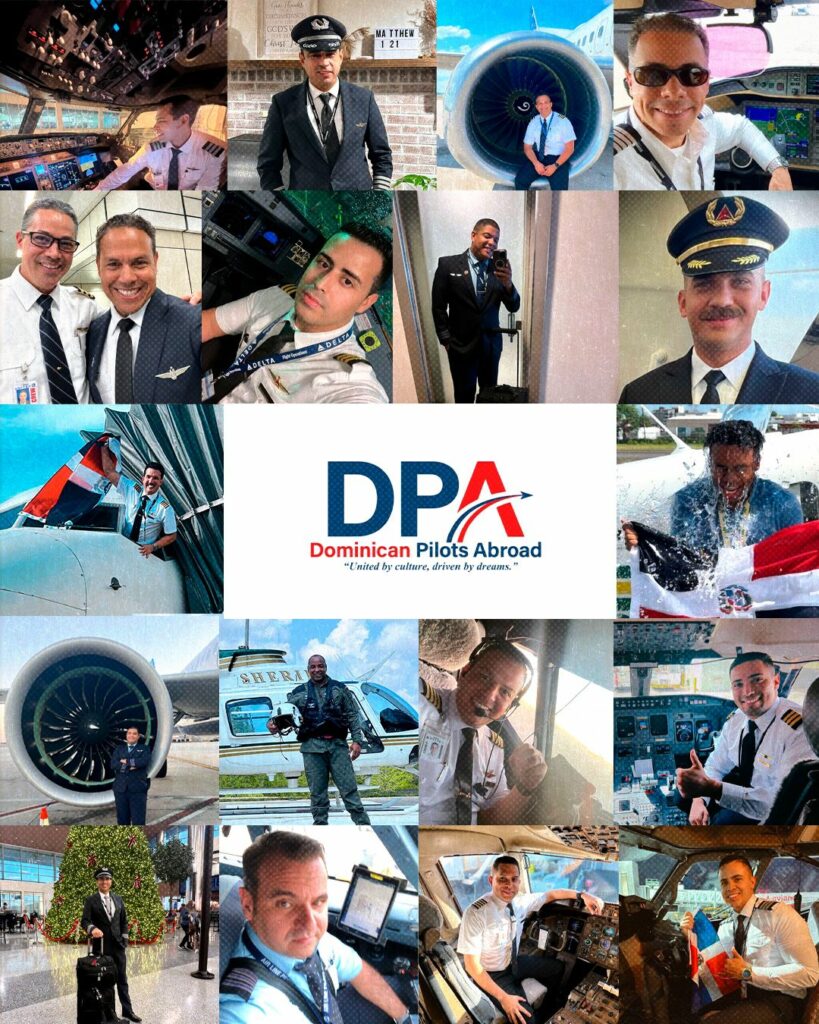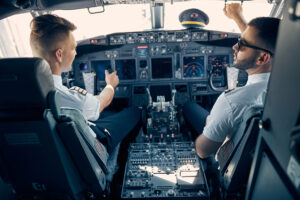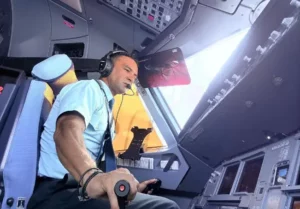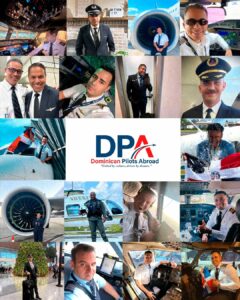In 2016, we had the opportunity to visit Aeroclub Dominicano74 as part of a delegation that sought to bring the assembly of small aircraft to the country. Upon visiting the aeroclub, I decided to get involved and update myself on the state of national aviation. Although I lived in the U.S., communication technology made it easy to stay informed day-to-day through platforms like WhatsApp and Facebook. It was there that I began to hear about serious problems with the Dominican civil aviation authorities—issues such as high fuel costs, difficulty accessing airports, and a lack of hangars, among others. This led us to join forces with a group of local pilots and create a nonprofit organization dedicated to representing the sector, which we named the Dominican General Aviation Association (ADAG).
But as time went on, we encountered other problems in the sector. The major Dominican airlines had disappeared with Dominicana de Aviación in the early 1990s, and with them went much of the professionalization of aviation personnel in the industry. Between 2018 and 2024, the country experienced an explosion of new airlines, with the creation of companies such as PAWA, SKY CANA, SKYHIGH, and ARAJET. This brought with it a significant challenge for national aviation; although an increase in air operations is generally celebrated as an indication of economic growth, it is also an important factor in the rise of air accidents.
In December 2021, we had our first major accident with the fateful HELIDOSA HI1050 flight at Las Américas International Airport, in which 9 people lost their lives. A few months later, we experienced the RED AIR accident in Miami, Florida, where we came very close to losing 140 lives. This led to an investigation by North American authorities, which in turn resulted in an operational safety audit by the Federal Aviation Administration (FAA).
It is because of this series of accidents and incidents that a group of pilots from U.S. airlines of Dominican origin decided to form a nonprofit organization called the “Captains’ Council.” Its mission is to investigate and analyze the state of Dominican civil aviation and to propose changes and improvements for its proper functioning. Thus began a journey through civil aviation institutions and the media, where we sought to raise awareness and build working relationships to support the improvement of operational safety.
We immediately observed some resistance from the government in making the issue of civil aviation transparent in the country. We were told that “aviation is like banking; everything must be kept confidential to avoid panic,” but that is not the operational safety culture in the U.S. Although it is true that some things must be kept confidential, North American aviation culture has learned—often the hard way, after many accidents—the importance of transparency.
Our country has a wide range of human resources abroad. The Dominican diaspora has been characterized by its economic and professional growth, and pilots are no exception. Today, we have pilots at every level of global aviation—from captains of the largest aircraft in the U.S., Europe, and Asia, to aerospace engineers at agencies like NASA and companies like Virgin Galactic. It was clear that the country was losing access to this resource, simply due to the obstinacy of some officials who would not accept private or public criticism.
In August of last year, President Abinader made changes to the Dominican civil aviation institutions that have refreshed the environment. We have observed a very significant opening and a circumstantial improvement in the transparency of these institutions. Finally, we believe that space will be made for criticism and that efforts will be made to leverage the knowledge and willingness to help of the Dominican diaspora.
We must change our paradigm—operational safety comes at a cost, and its foundation is transparency and teamwork. Change must start at the top, with the presidency, and cascade down the hierarchy to the newest pilot trainee. Only then will we break out of the statistics and avoid what others have already learned the hard way through accidents and bloodshed. At the end of the day, we all want national aviation to grow—and to grow in a safe and reliable manner.





